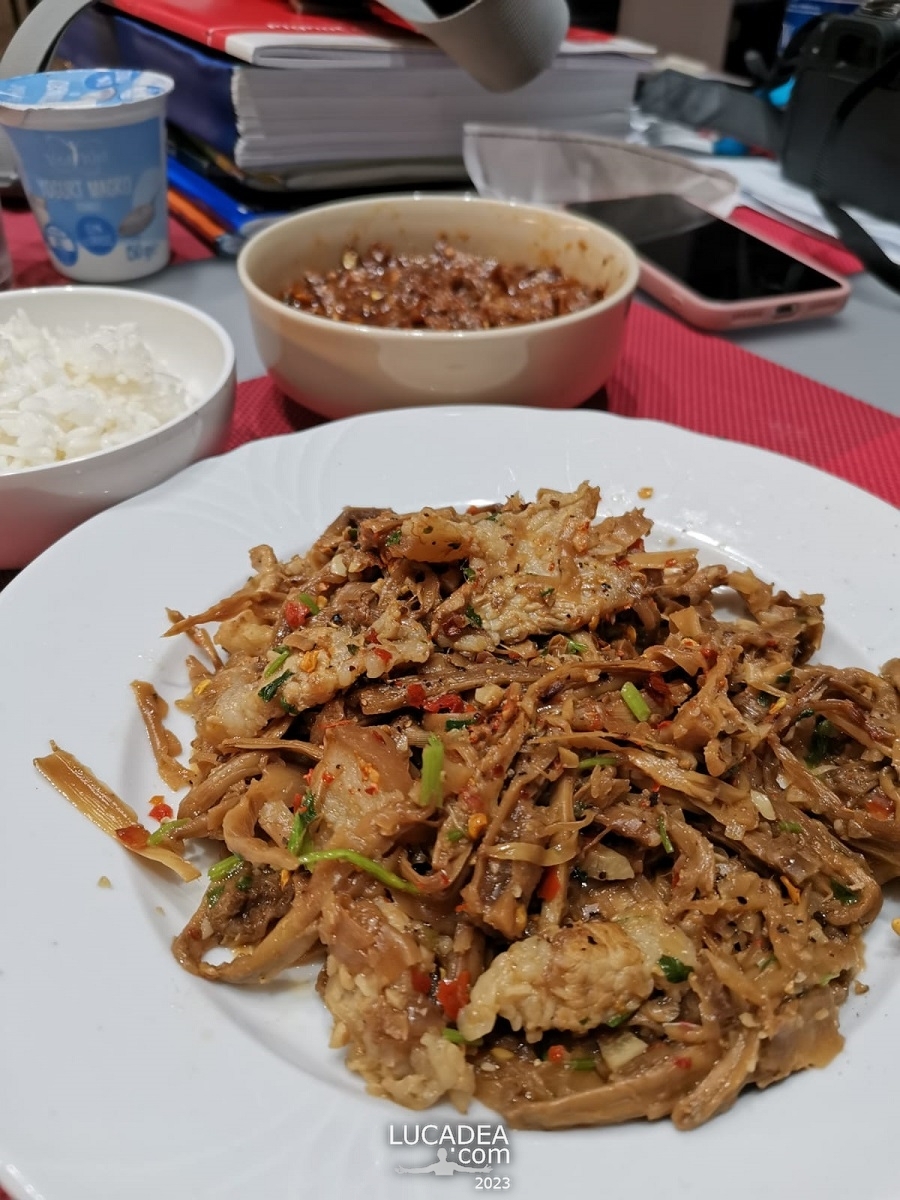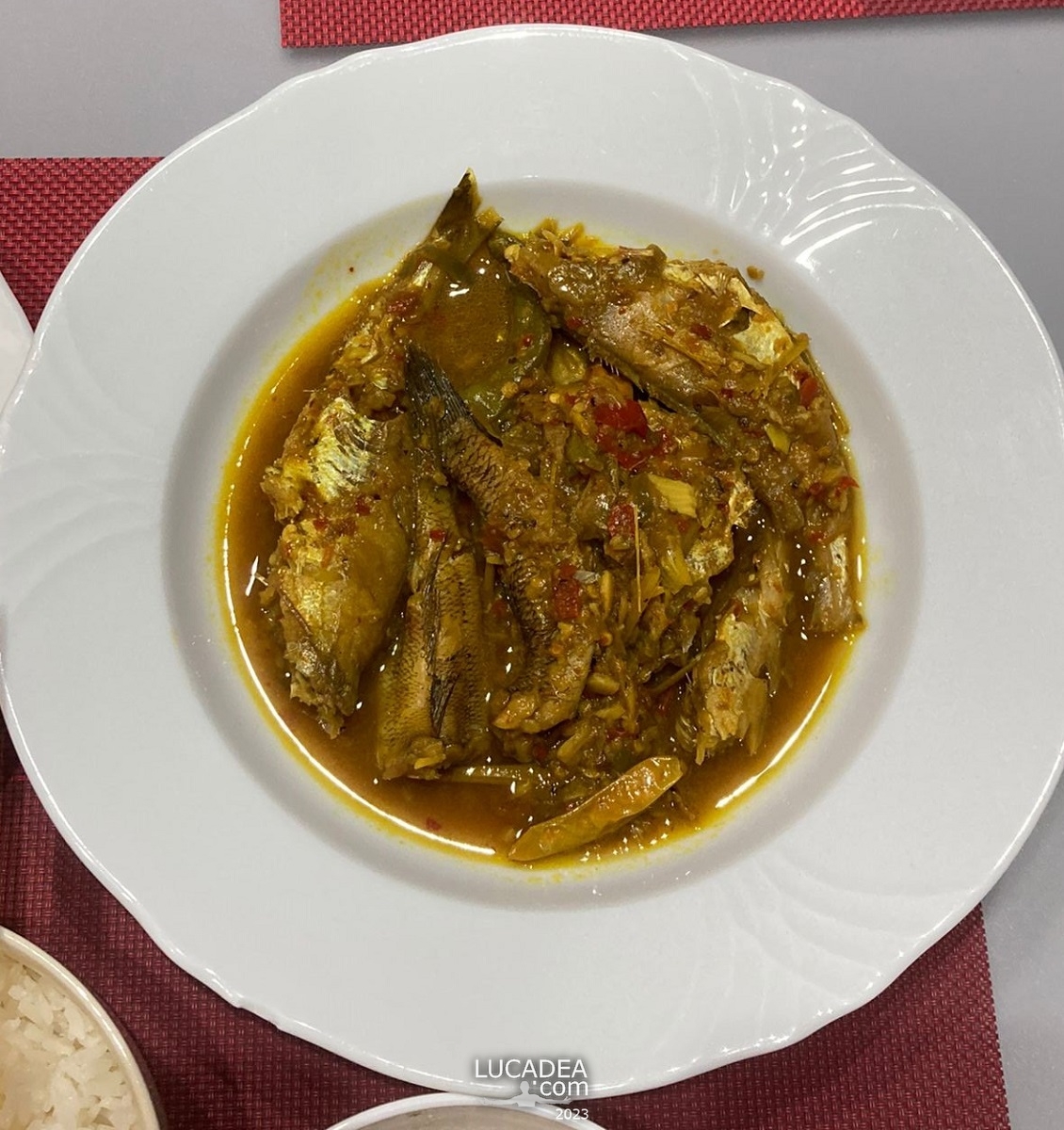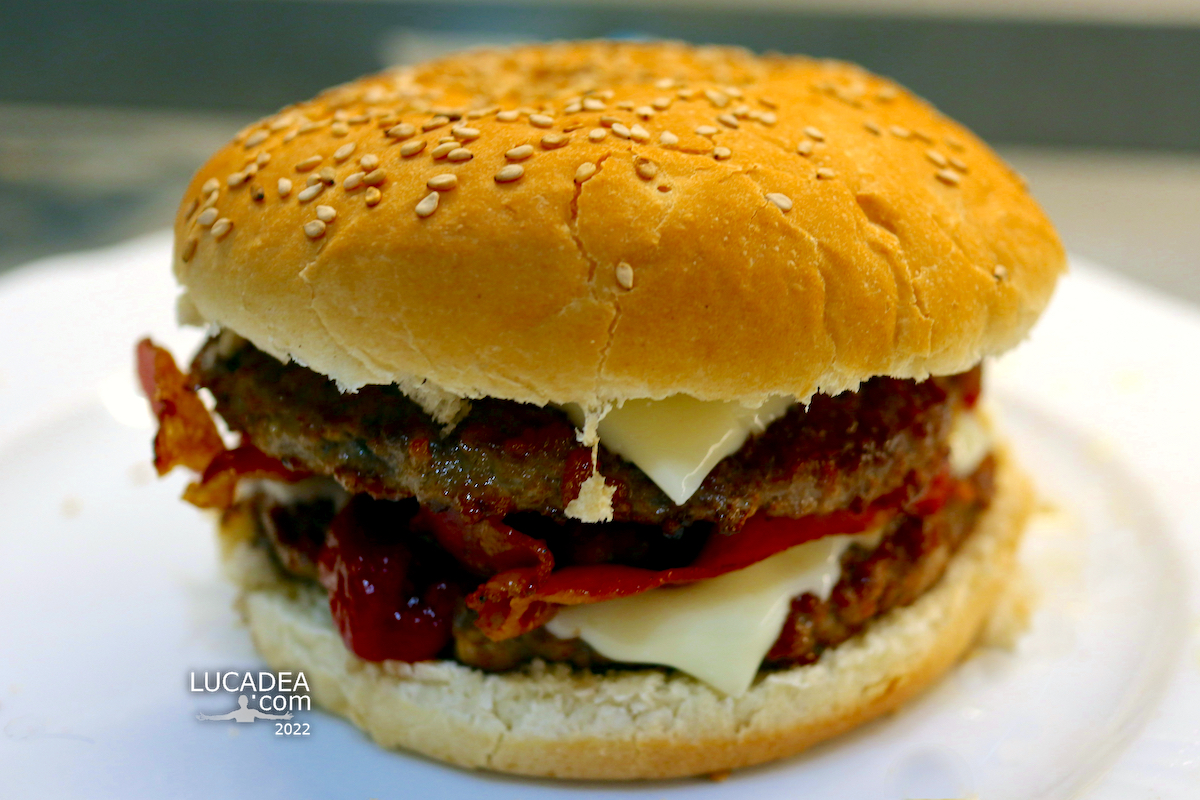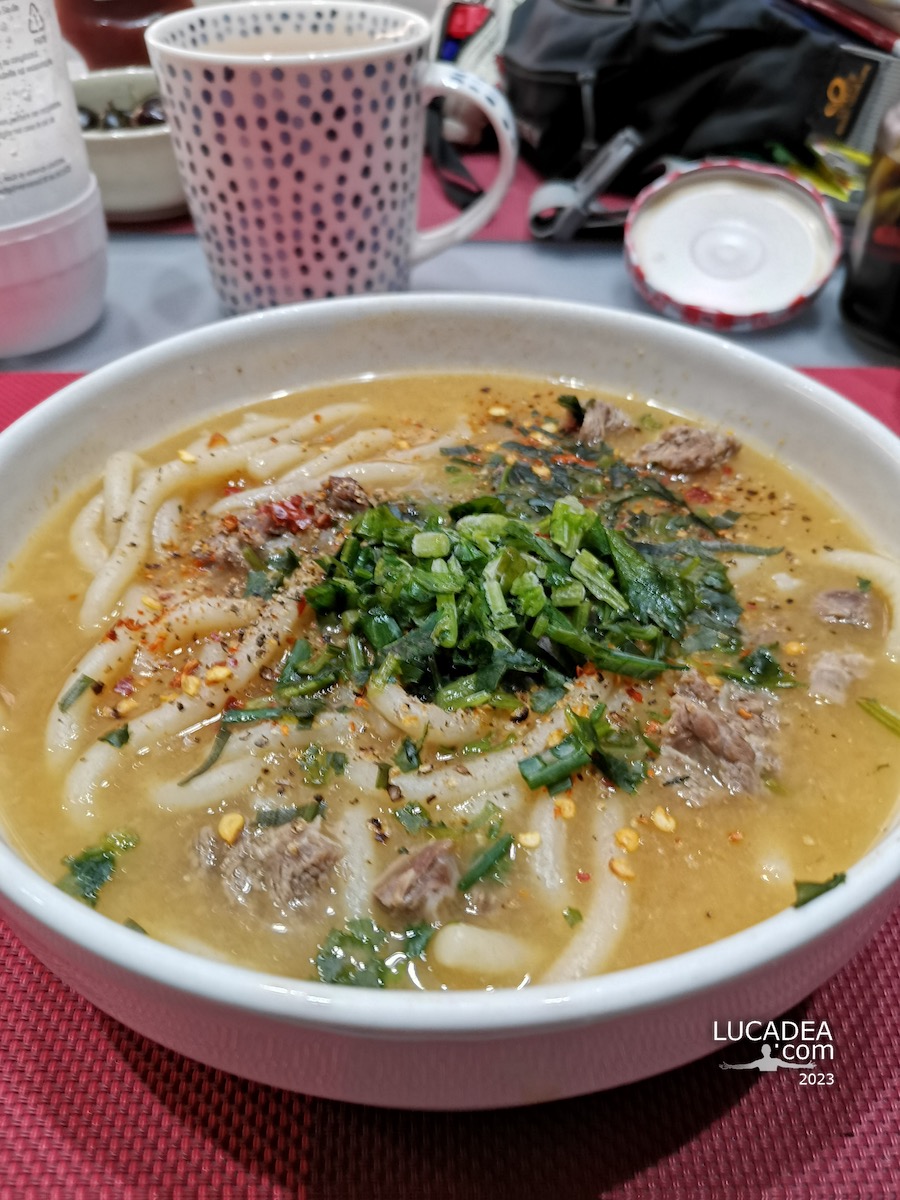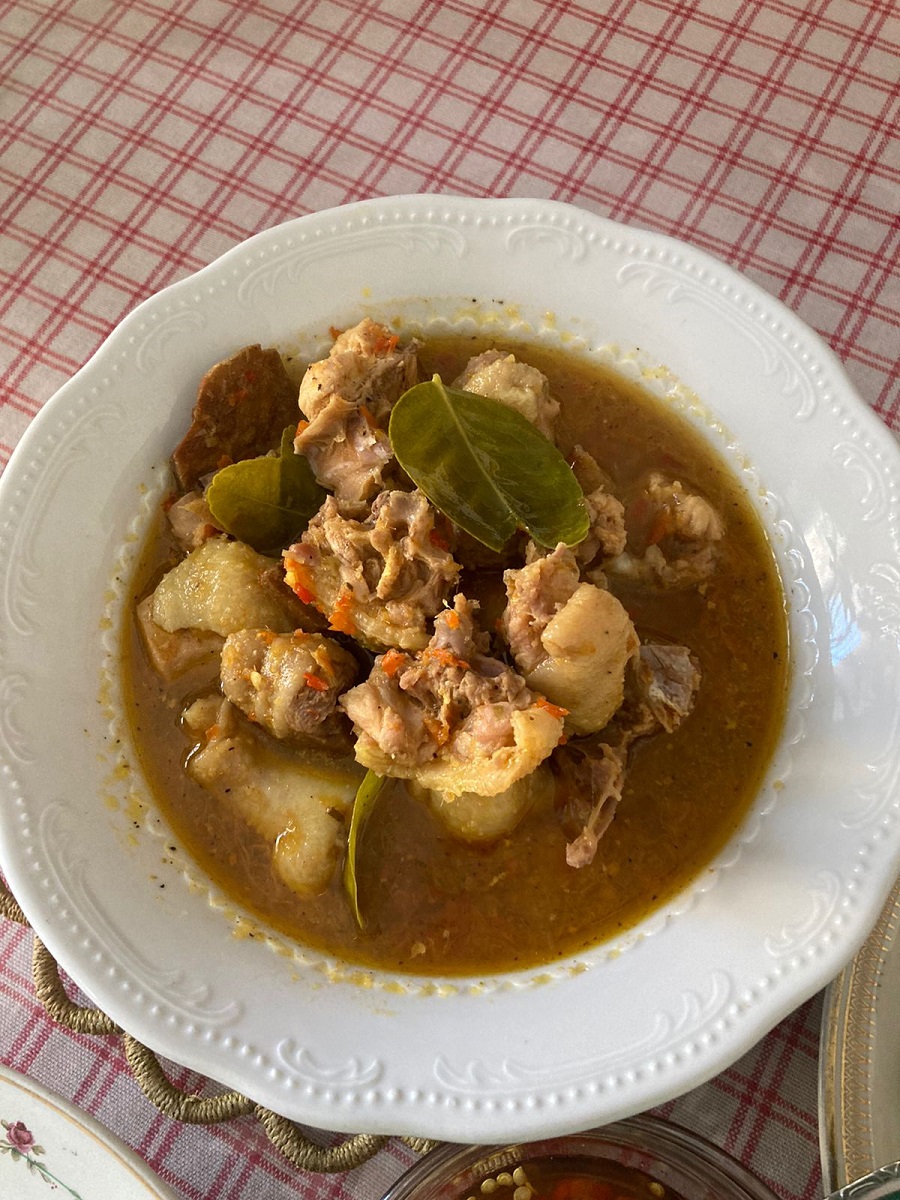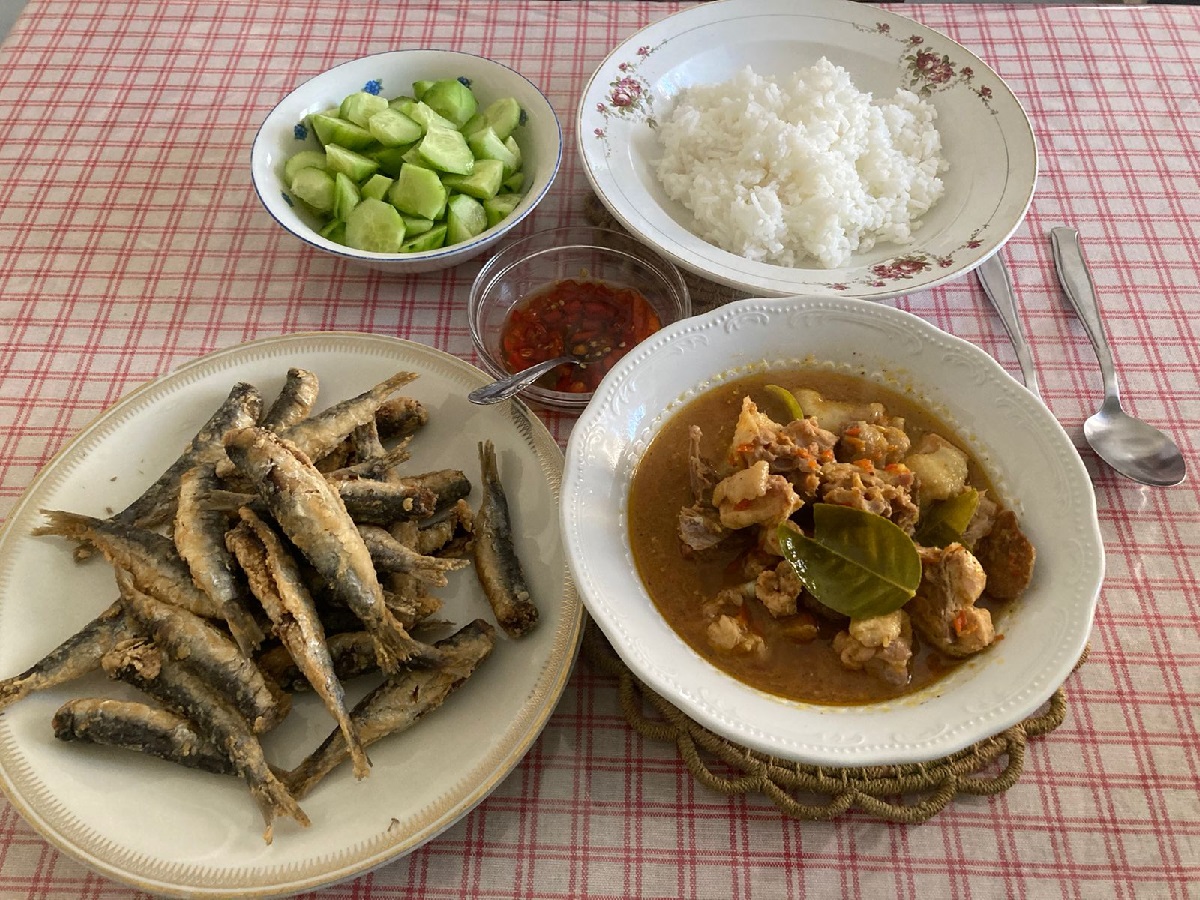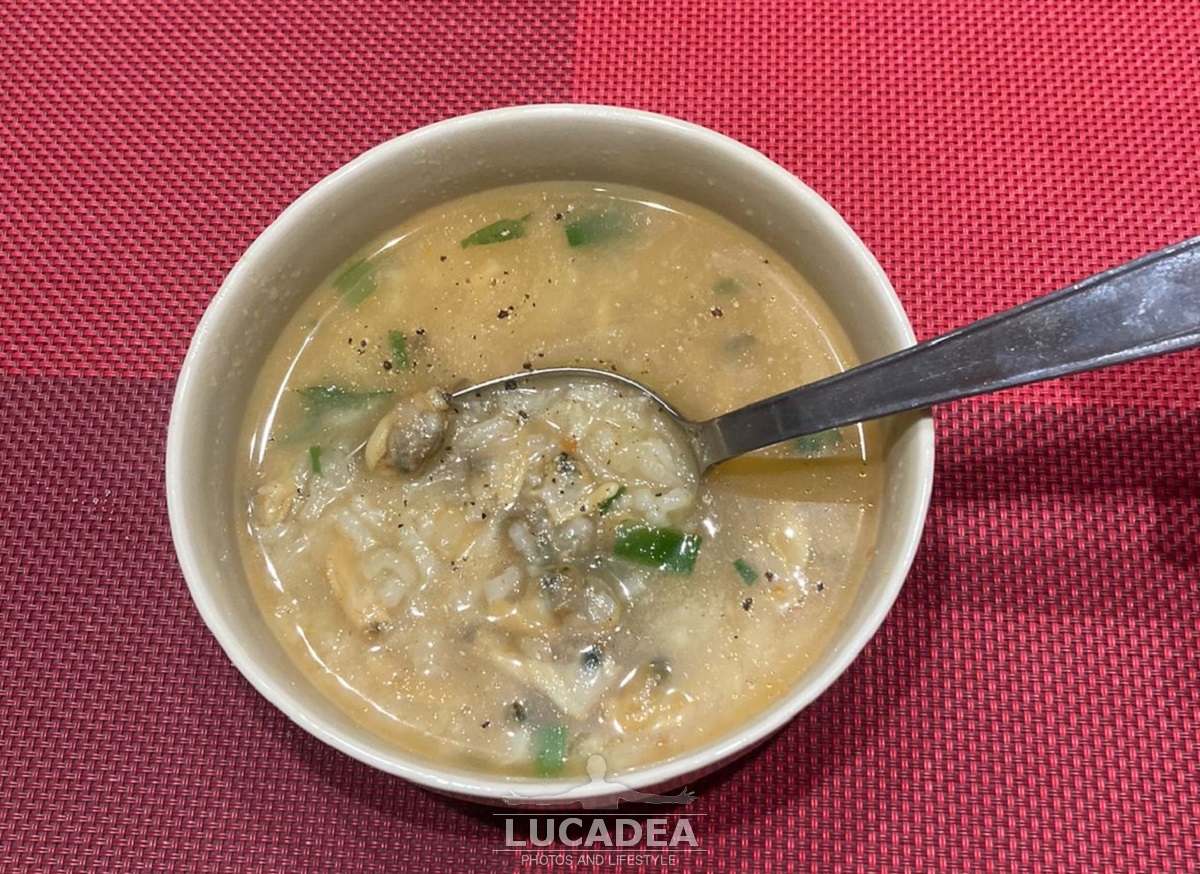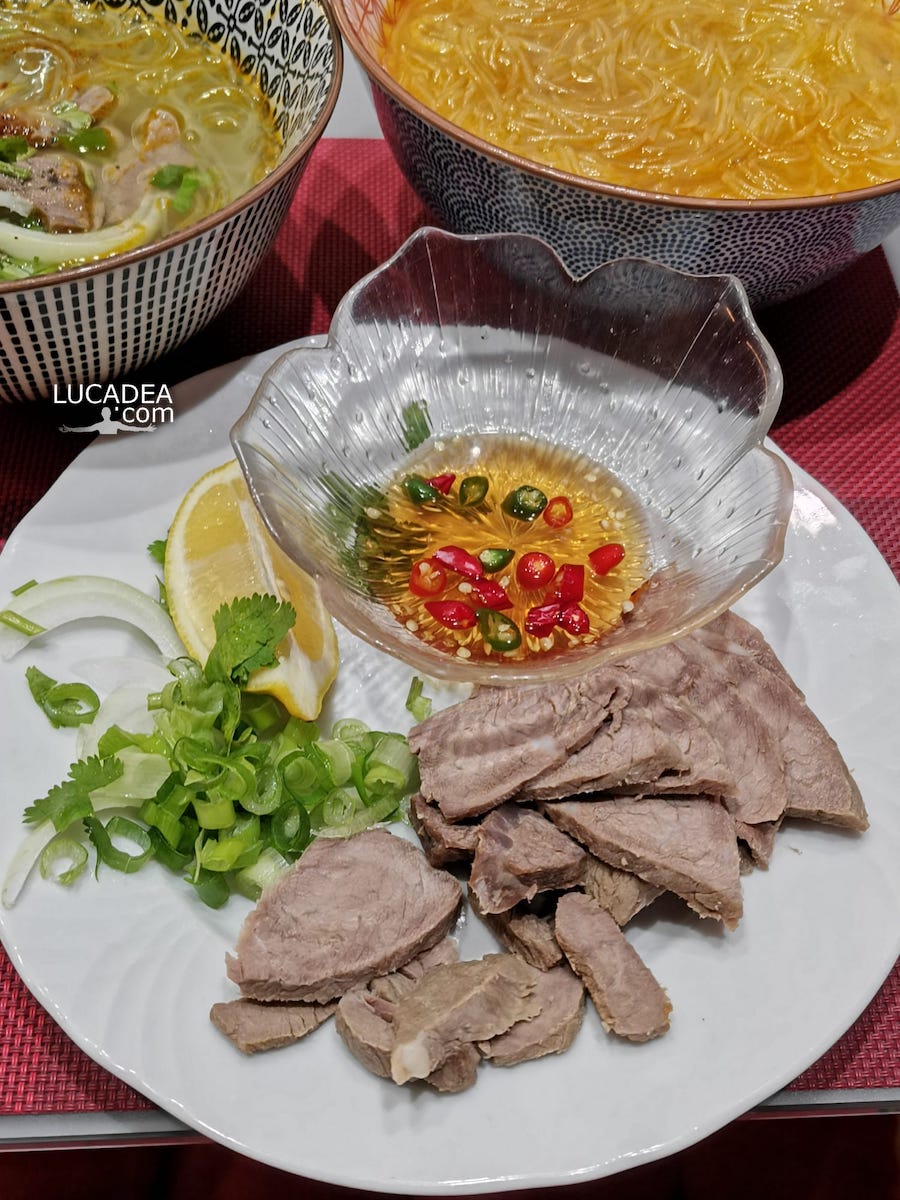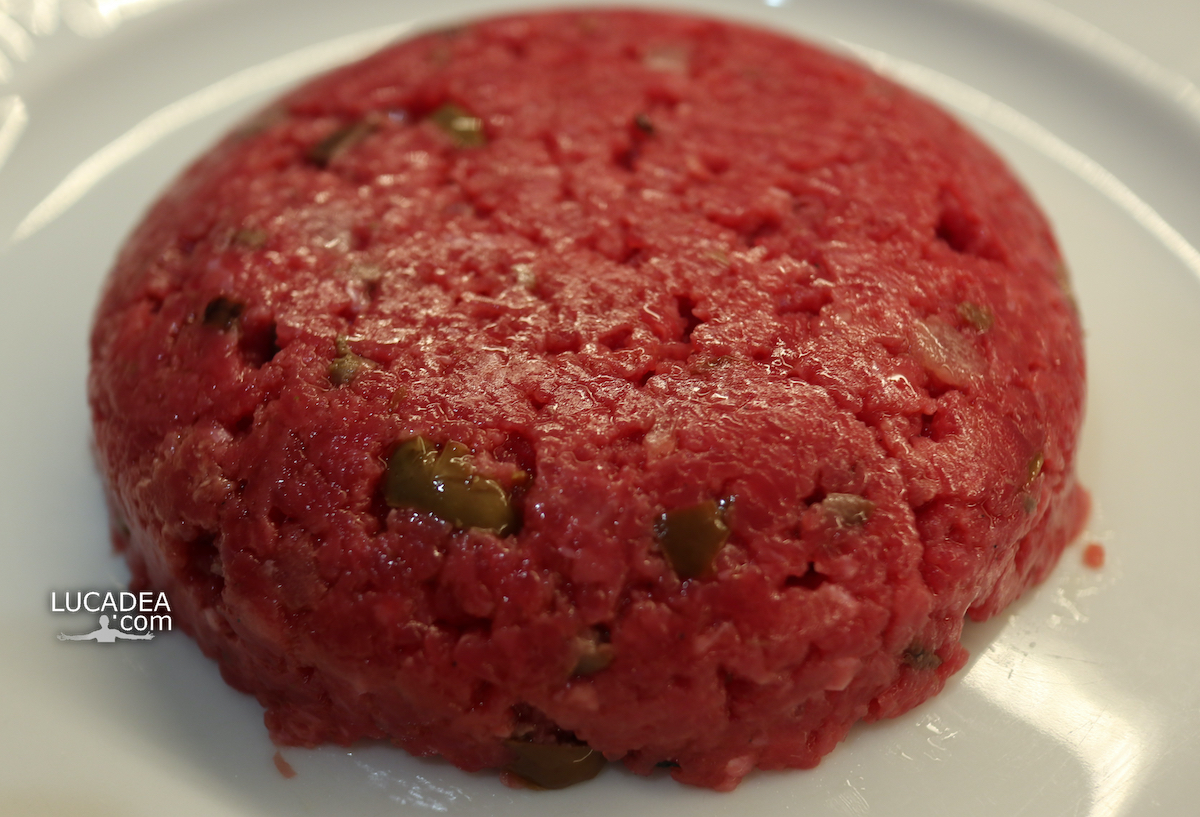Vietnamese cuisine: Măng khô xào thịt ba chỉ, dried bamboo shoots with bacon.
Today I decided to prepare a quick and very simple dish that I like very much: dried bamboo shoots sautéed with pork belly.
Click vào đây để đọc bằng tiếng việt!
If you are curious about this recipe of mine or Vietnamese food in general, write me a message. comment or go to the bottom of the site to read what other visitors have written.
Ingredients
* Dried bamboo shoots: 150 grams;
* Bacon: 200 grams;
* Green onions: finely chopped;
* 2 shallots: thinly sliced;
* Spices: salt, fish sauce, monosodium glutamate, sugar, pepper, paprika, seed oil, oyster sauce.
Preparation
First put the dried bamboo shoots in a pot to boil until soft, then rinse with water a few times until the water is no longer yellow.
Use your hands to tear into small pieces.
With the freshly washed bacon, cut into thin slices, marinate with 1.5 tablespoons of fish sauce, 1/2 teaspoon of monosodium glutamate, 1.5 tablespoons of oyster sauce and 1 teaspoon of pepper for 30 minutes to penetrate the spices and when sautéed it will be very delicious.
Put a pan on the stove, put cooking oil in the pan and fry the onion.
When the onions are fragrant, pour the previously marinated meat into the pan and fry, mix well, then cover for 15 minutes.
Then, add the dried bamboo shoots. Stir-fry for a while, then proceed to seasoning again: add 1 tablespoon of fish sauce, 1/2 teaspoon of seasoning, 1/2 teaspoon of sugar, 1/2 teaspoon of chili powder.
When all the ingredients are cooked, add the chopped shallots and fry for another minute and then turn off the heat.
This is the finished dish:
Măng khô xào thịt ba chỉ
* Măng khô: 150 gram
* Thịt ba chỉ: 200 gram
* Hành lá: thái nhỏ
* Củ hành tím: 2 củ thái mỏng
* Gia vị: muối, hạt nêm, nước mắm, bột ngọt, đường, tiêu, ớt bột, dầu ăn, dầu hào.
Măng khô cho vào nồi luộc cho mềm ra rồi rửa sạch với nước vài lần đến khi nước không còn màu vàng nữa. Dùng tay xé thành các sợi nhỏ vừa ăn.
Thịt ba chỉ rửa sạch, thái miếng mỏng. Ướp với 1,5 muỗng canh nước mắm, 1/2 muỗng cà phê bột ngọt, 1,5 muỗng canh dầu hào và 1 muỗng cà phê hạt tiêu trong 30 phút cho ngấm gia vị, khi xào sẽ rất ngon.
Bắc 1 cái chảo lên bếp, cho vào chảo dầu ăn, phi thơm hành tím.
Khi hành đã có mùi thơm, bạn trút phần thịt đã ướp gia vị trước đó xuống xào, đảo đều tay rồi đậy vung lại trong 15 phút.
Sau đó, bạn cho măng khô xào cùng. Xào được một lúc thì tiến hành nêm nếm gia vị lại: thêm 1 muỗng canh nước mắm, 1/2 muỗng cà phê hạt nêm, 1/2 muỗng cà phê đường, 1/2 muỗng cà phê ớt bột. Nêm nếm lại cho phù hợp. Khi mà các nguyên liệu đã chín, bạn cho hành lá đã thái sẵn xào thêm 1 phút rồi tắt bếp.

